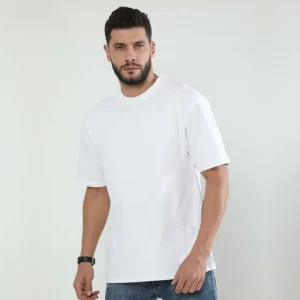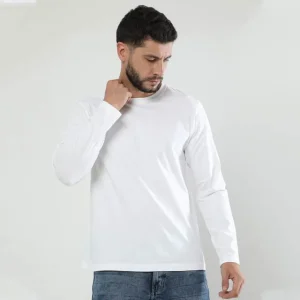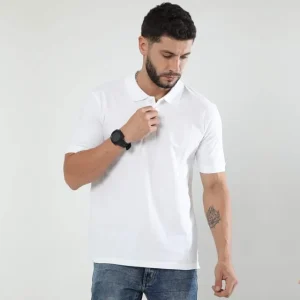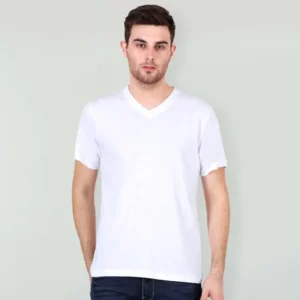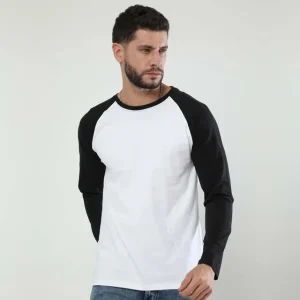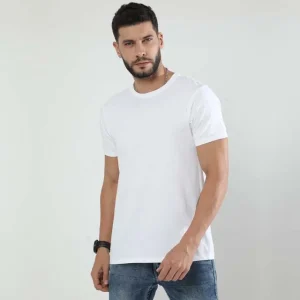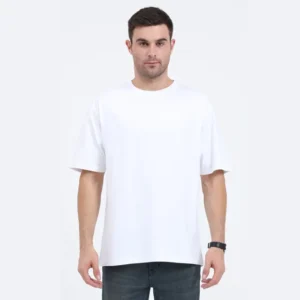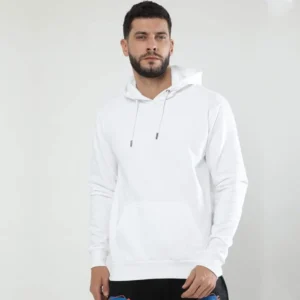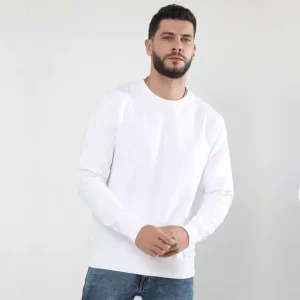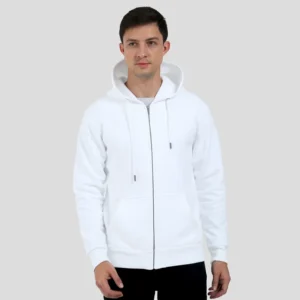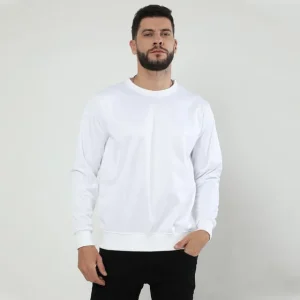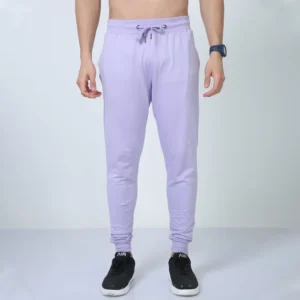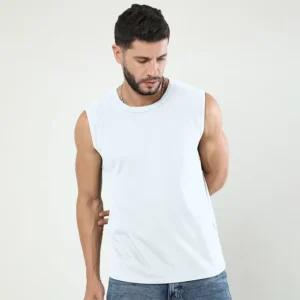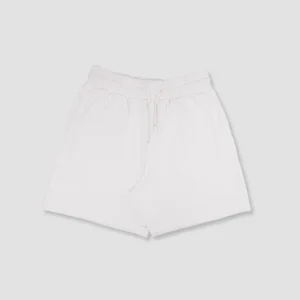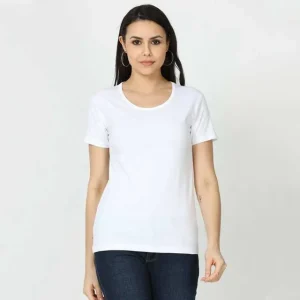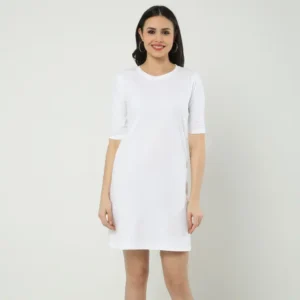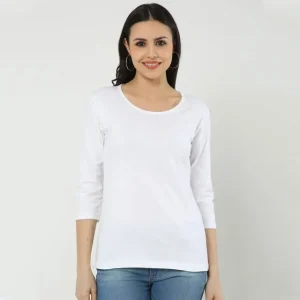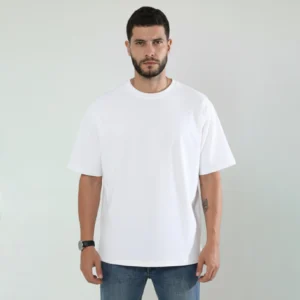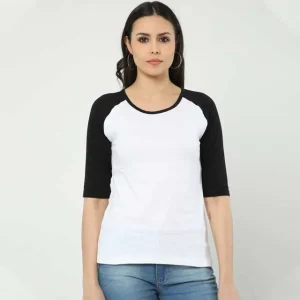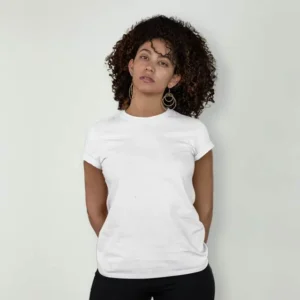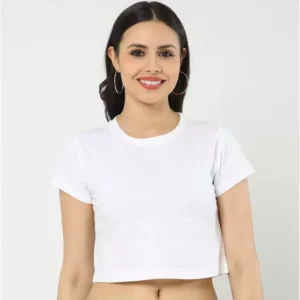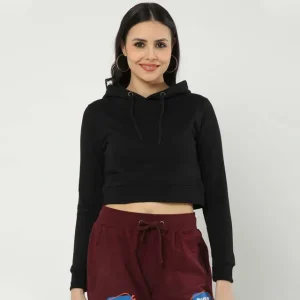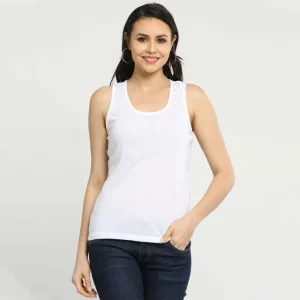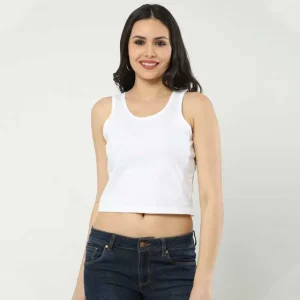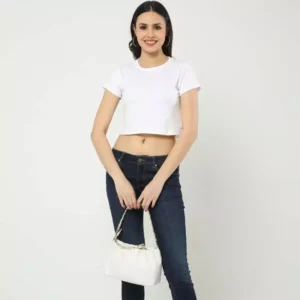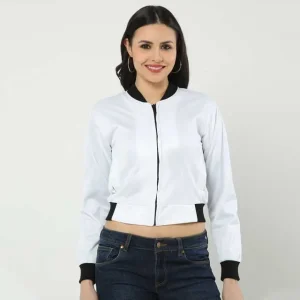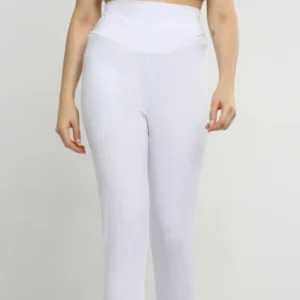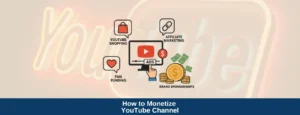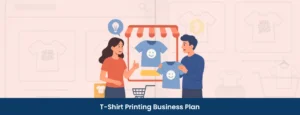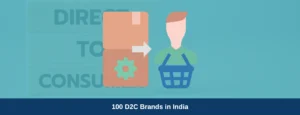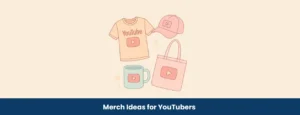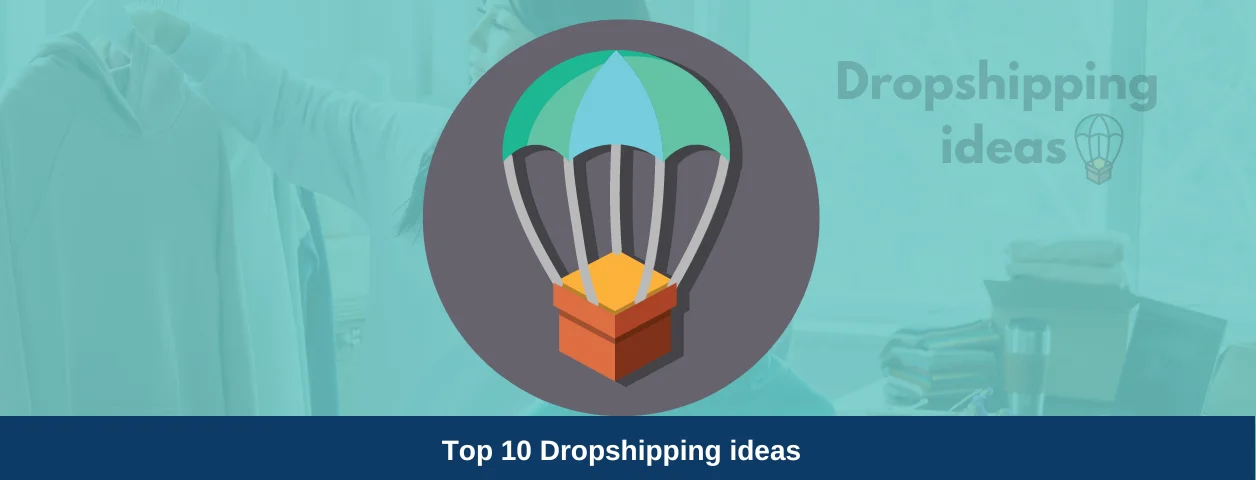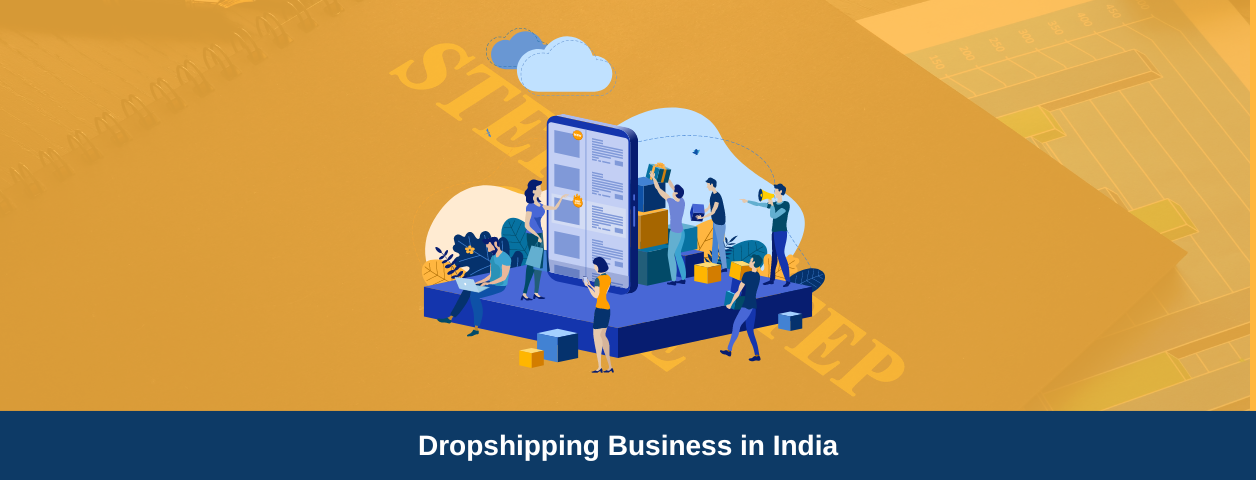Are you thinking about creating your clothing line?
Well, starting a clothing brand is more than just making clothes. It’s about defining a style, delivering quality, and offering something unique that stands out.
But if you’re wondering how to start your clothing brand, especially in India’s vast fashion market, don’t stress—you’re in the right place.
In India, the demand for clothing brands is booming, with the apparel market expected to grow ₹8.76 trillion by 2024. This shows that great opportunities exist in the clothing brand fashion industry. In this blog guide, you learn how to start a clothing brand step by step.
How Much Does It Cost To Start A Clothing Brand in India
The cost of starting a clothing brand can vary depending on your niche product selection and the business model you choose. Starting a clothing brand on your own can take approximately ₹5 lakh to ₹10 lakh. This includes inventory space, staff, operating costs, and more.
However, there are a few excellent business models in the e-commerce market, such as Dropshipping and Print On Demand businesses. Utilizing these business models can save you a lot of money.
Especially in the Print-on-demand business model, you don’t have to invest in inventory upfront, and you don’t have to spend money on employees.
In this POD model, you only pay money when customers place an order. POD suppliers can handle everything from handling inventory to shipping orders directly to customers.
How To Start A Clothing Brand Online (business models)
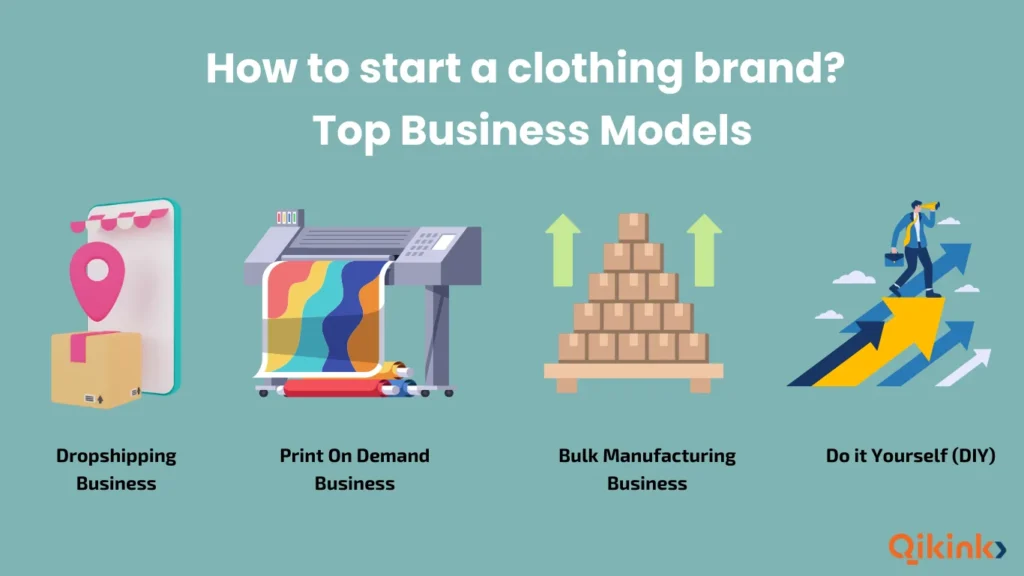
There are so many business models available for starting your clothing brand. Choosing the best business model helps you track your clothing business developments, and it can also help you generate good revenue and build customer relationships.
- Dropshipping Business
- Print On Demand Business
- Bulk Manufacturing
- Do it Yourself
Dropshipping Business
Dropshipping is a retail fulfillment method in which an online clothing brand sells products without owning or handling inventory, packing, or shipping. Third-party suppliers handle everything.
According to recent dropshipping statistics, the fashion and apparel industry is thriving in India. However, there is huge competition there to differentiate your clothing brand from other competitors.
Print On Demand Business
Print-on-demand (POD) is a printing fulfillment method that prints apparel and accessories only after an order is placed. This means that there is no need to keep inventory or store products. Products are created and shipped as soon as the customer places an order.
Online clothing brands can offer a wide range of designs and products without having to produce them in advance, allowing for more variety and customization.
The biggest perk of this model is that the upfront cost is very low. This model allows you to experiment with different designs on clothing products and customization options.
Bulk Manufacturing
This model involves outsourcing production to a clothing manufacturer that creates your garments in bulk based on your specifications. Bulk manufacturing has some similarities with POD, as you hand over your manufacturing part to someone else.
But unlike POD, you have to manage your inventory, fulfill orders, and handle customers. This model can help you easily scale production to meet high demand or launch larger clothing lines.
This model is best only if you have a clear understanding of customer demand and a desire to scale production. It may not be suitable for testing new designs or starting with limited capital.
Do-It-Yourself (DIY)
As the name suggests, this business model involves handling all aspects of the production yourself, from design and fabric sourcing to garment creation and fulfillment.
The benefits of choosing this model include
- Complete creative control (design, material, pattern, stitching),
- High profit margins, and
- The opportunity to build direct customer relationships.
This model would be best if you had a high initial investment. Also, it requires a lot of time, dedication, and skills to handle everything independently.
Things To Know Before Starting A Clothing Brand
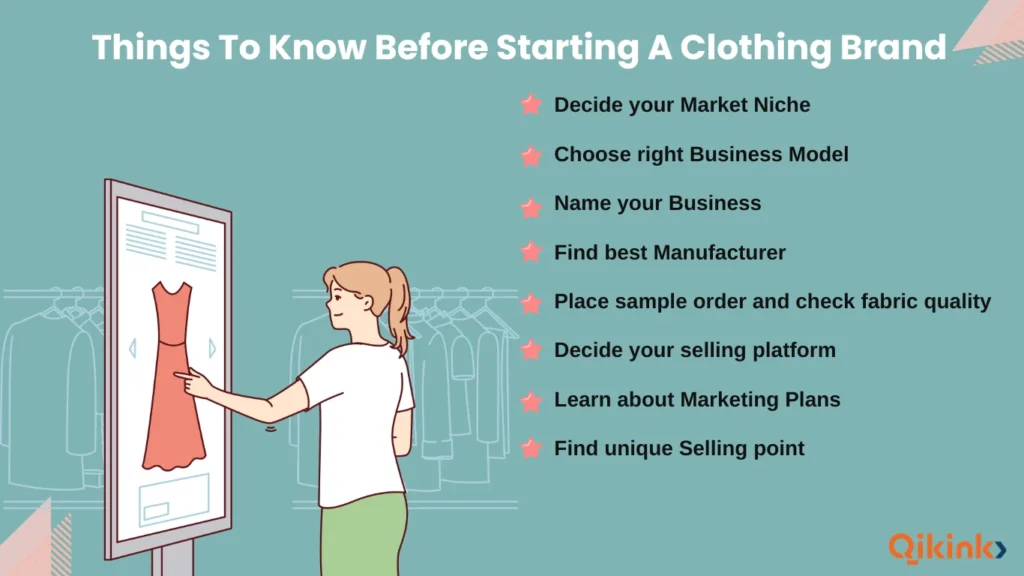
Starting a clothing brand is easy when you have a clear plan for what kind of clothing you want to sell, what your targeted audience likes, your clothing brand’s name, your product’s design, the best manufacturer, and more.
Here are the 8 main things you have to know before starting a clothing brand:
- Create clear clothing business ideas about what clothing product you are going to sell.
- Choose the right business models like POD, Dropshipping, or bulk manufacturing.
- Search for a clothing manufacturer and plan how you can get a good profit margin.
- Place a sample order with the manufacturer and check the quality of the product, delivery timelines and services.
- Naming your clothing brand is an important thing you have to do before starting your business.
- Decide which online platform you are going to sell your products, like e-commerce platforms or marketplaces.
- Find a Unique selling point to differentiate your clothing brand from others.
- Learn more details about marketing strategies to promote your products.
Starting A Clothing Brand Steps
Making a clothing brand in India involves several steps. Here we share a step-by-step guide to startup clothing brands.
Step 1: Decide Your market niche
To start your clothing brand, you have to research current market trends in India, look for your targeted audience, and Understand current trends. First, you have to understand your competition and find unique ideas to make exceptional products and stand out from the competition.
You can search for your niche market on Google Trends, marketplaces, and social media.
How to find a targeted audience
- A targeted audience is a group of consumers to whom you will sell your clothing products. First, you have to segment an audience based on various factors.
- They were looking for specific products – For example, people looking for sustainable clothing.
- Shared Interest – you can use social media and Google Analytics to find what they are interested in.
- You can segment your audience by age group and gender.
Step 2: Create Your Business plan
A solid business plan is essential for both new entrepreneurs and established brands. Creating a business plan has several components that outline your business idea.
Remember the following advice for creating a successful business plan:
Choose Your Business Model
select the right business model, such as Dropshipping, Print On Demand(POD), or Bulk manufacturing. A clear business model selection is the backbone of running your clothing brand.
Create brand value
Develop an engaging vision, mission, and values for your brand to attract a wider audience.
Prepare Legal Requirements
Keeping the legal things sorted ensures you will be able to scale your business without legal obligations. For most companies in India, GST registration is mandatory if your turnover exceeds ₹20 lakh ₹40 lakh for some states.
Sales Channel
Decide your product-selling sales channel. Whether it’s through an online platform like Amazon or Shopify, a boutique, or social media platforms like Instagram and Facebook.
Decide Services
Decide on the type of customer services you will offer, such as cloth customization options, discounts and cashback, customer care, and custom packaging,
Find a Unique Selling Point (USP)
It’s important to identify a unique selling point for your products. For instance, you can offer sustainable clothing, fast shipping services, or unique designs.
Step 3: Name Your Business
Choose a unique and catchy brand name and logo that is visually appealing and reflects your brand identity. For example, Allen Solly, Nike, Adidas, Gucci, Fastrack.
Here are some tips for choosing the right name for your brand:
- Pick names that reflect your brand: Choose words that reflect your brand’s essence.
- Keep it short & catchy: A shorter name is easier to remember and pronounce. Limit your brand name within 4-6 characters.
- The most successful brands have one-word names, like Nike, Gucci, and Zara. Even those with longer names become popular because of their acronyms, like LV for Louis Vuitton or H&M for Hennes and Mauritz.
- Availability & legality: Lastly, check your brand name to see if it is used by existing businesses or not to avoid conflicts, and check for domain name and trademark availability in India on the Trademark Registry website.
Step 4: Best Product Ideas To Get Started With A Clothing Brand
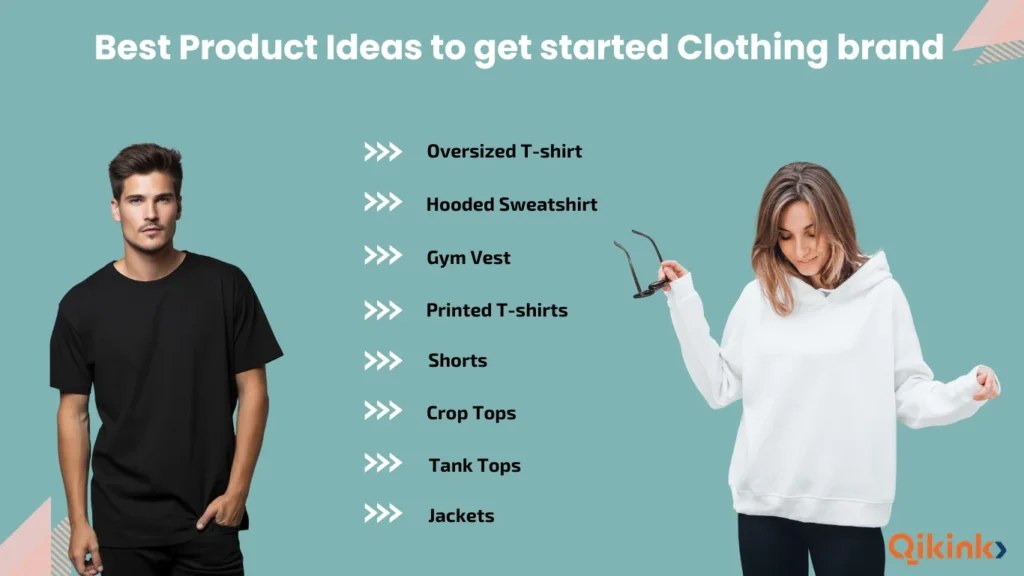
After creating your brand identity, you have to choose a collection of clothing products for your brand. Here are some best clothing product ideas for your brand.
Men's Clothing
T-Shirt Collections:
Men’s Full Sleeve T-Shirt | MF31
₹190.00
Men’s Polo | MP25
₹280.00
Unisex V Neck T-Shirt | UV34
₹160.00
Unisex Raglan T-Shirt | UR37
₹220.00
Unisex AOP Oversized Tee | UA22
₹360.00
Winter Collections:
Unisex Hoodie | UH24
₹430.00
Unisex Sweatshirt | UH26
₹330.00
Unisex Zip Hoodie | UH38
₹680.00
Unisex AOP Sweatshirt | UA26
₹450.00
Gym Clothes for Men:
Women's Clothing
T-Shirt Collections:
Women’s Classic T-Shirt | FC21
₹130.00
T-Shirt Dress | FC43
₹235.00
Maternity Dress | FM44
₹210.00
Women’s Long Sleeve Tee | FL38
₹160.00
Women’s Raglan T-Shirt | FR39
₹170.00
Women’s AOP T-Shirt | FA21
₹300.00
Tops for Women:
Crop Top | FC39
₹120.00
Cropped Hoodie | FC32
₹290.00
Women’s Tank Top | FT37
₹130.00
Crop Tank | FC40
₹100.00
AOP Crop Top | FA32
₹250.00
AOP Crop Tank | FA33
₹230.00
Other Collections:
Unisex Joggers | UJ29
₹400.00
Women’s AOP Bomber Jacket | FA30
₹700.00
AOP Gym Leggings | FA41
₹400.00
Step 5: Find a Manufacturing Supplier
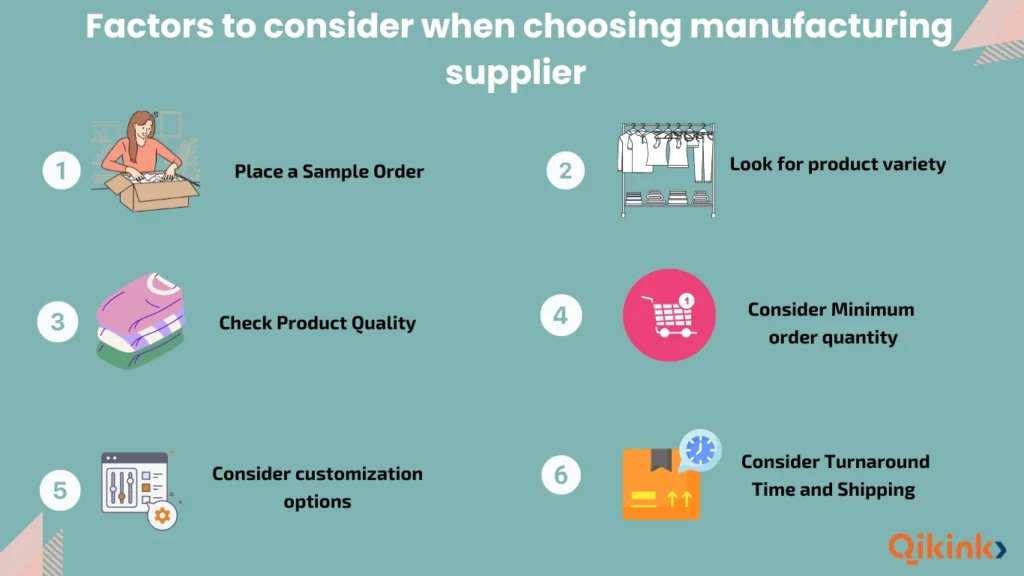
Find a reliable manufacturing supplier to produce clothing for your brand. You can find potential manufacturing suppliers through textile events, trade shows, or fashion events. Another option is to use online directories like Indiamart, Tradeindia, and Exporters India to find suppliers in india.
Place a sample order:
It is important to place sample orders before fulfilling customer orders. With sample orders, you can check and feel the quality of the fabric, find defects, and ensure that the printing quality meets your standards.
Factors to Consider When Choosing a Supplier
Product Variety:
You must consider whether the manufacturer offers a variety of high-quality blank garments (t-shirts, hoodies, etc.).
For example, if you are planning a young and trendy clothing brand, you need a manufacturer that has a good mix of trending clothing items, such as oversized t-shirts, hooded sweatshirts, crop tops, etc.
Product Quality:
Along with variety, the quality should be there. Research the fabric type, GSM, durability, and printing methods offered to ensure they produce vibrant and durable designs using your chosen materials.
They should also be skilled with popular printing styles like DTG, DTF, Vinyl, glow-in-the-dark, screen, digital, Puff Printing, eco-solvent, etc.
Minimum Order Quantities (MOQs):
If you want to experiment and start small, consider the MOQ. Some manufacturers might set the MOQ at 100 to 150 for a single design.
That might not be your requirement at the start, and it also restricts your ability to be creative with multiple designs.
So try to go with manufacturers that have very low MOQ requirements. For example, at Qikink, there are no restrictions on MOQ. You can even order a single item.
Turnaround Time and Shipping:
Consider how long it takes for the manufacturer to print and fulfill orders. Faster turnaround times can be beneficial, especially during peak seasons.
While checking this aspect, also see how their shipping is. Research the shipping options offered, including costs, delivery times, and international shipping availability.
Customization and Design Capabilities:
Check if the manufacturer allows printing on various garment parts (front, back, sleeves) to accommodate your design needs. It would be even better if the manufacturer provided free branding.
Step 6: Create designs for your clothing products
Once you’ve found suppliers, the next step is to create designs for your clothing products. If you’re not sure how to design clothes, remember that your unique designs define your clothing brand.
Aim to create designs that reflect your brand identity, such as minimal and elegant designs that your target audience will appreciate.
To create designs for your clothing, consider the following ideas:
- Look for design inspiration on social media, in magazines, or on other clothing brand websites.
- If you do freehand sketching on your tablet, you can use Autodesk Sketchbook (for Android users) and Procreate (for iOS).
- Explore clothing design software programs like Adobe Illustrator and Photoshop to create designs and mockups.
- Collaborate with fashion designers to develop unique designs.
- Consider hiring professional freelance designers through platforms like Fiverr and Upwork.
You may not have much idea about the tools and platforms you can use to design your clothes. So here’s a brief discussion of the platforms and tools that can come in handy.
👉If you want a detailed discussion, feel free to check out our blog on the best design tools for t-shirt design.
Step 7: Choose a sales channel
Having an online clothing storefront can help you reach a significantly larger audience. You can choose to sell clothes on e-commerce platforms, marketplaces, or your website.
Be sure to select platforms that provide user-friendly interfaces, built-in features, and customization options.
Choosing an E-commerce Platform:
Building your store on e-commerce platforms is easier than creating your own websites, and you get exposure much faster.
Here are some popular options to choose from:
- Shopify – (easy to use, good for beginners)
- Wix – (drag-and-drop website builder with e-commerce features)
- BigCommerce -(powerful features for scaling businesses)
- WooCommerce – (user-friendly plugins)
- Amazon Marketplace – (you can get a large audience)
Step 8: Set up your brand store
After selecting your sales channel, you must list your clothing collections in your online store. Here are the steps to set up your clothing brand.
Designing Your Store:
Pick a Theme: Most platforms have themes that you can customize with your brand colors, logo, and images.
Organize Products: Create clear categories and product listings with high-quality photos and descriptions.
Make it User-Friendly: Easy navigation and a clear checkout process are essential for a good customer experience.
Setting Up Payments & Shipping:
Payment Gateway: Choose a secure service like Stripe or PayPal to accept payments.
Shipping Rates & Options: Decide on your shipping strategy (flat rate, free shipping over a certain amount) and clearly display costs and delivery times.
Launching & Promoting:
Test Everything: Before going live, double-check that everything works smoothly, from adding products to checkout.
Marketing: Spread the word! Promote your store on social media, run ads, or collaborate with influencers.
Step 9: Use a Marketing Plan For Clothing Brands
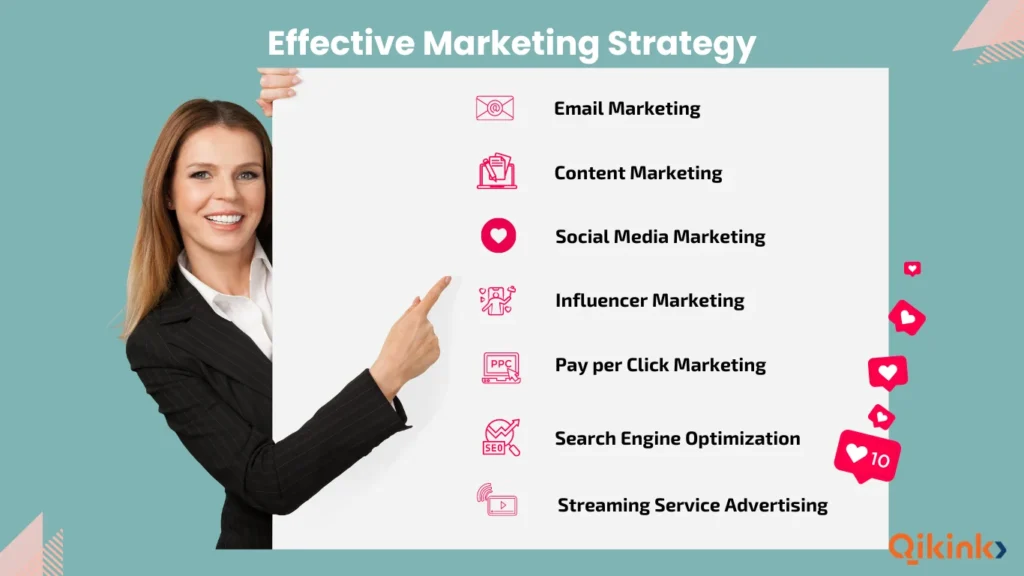
Marketing strategies are the backbone of your clothing brand’s success. A well-defined marketing strategy helps you get a targeted audience and increase brand awareness.
Without marketing, your clothing brand won’t be seen and recognized.
When choosing a suitable marketing strategy, you can either go for paid marketing or organic marketing. Here’s a side-by-side comparison for both.
Factors | Paid Marketing | Organic Marketing |
What is it | You pay a platform to show your ads to a specific audience. This is great for reaching new people quickly and targeting them precisely. | You earn traffic through search engines and social media without paying directly. Takes time and effort to build up. |
Channels | Search engine ads (Google Ads), social media ads (Facebook Ads, Instagram Ads), and display ads (banners on websites). | Search engine optimization (SEO), social media marketing, and content marketing (blog posts, videos, infographics). |
Good for | Launching a new product, running a sale, and reaching a specific target audience. | Building brand awareness, establishing yourself as an expert, and creating long-term customer loyalty. |
Downside | Costs money and can be complex to set up and manage effectively. | Slower results than paid marketing requires ongoing content creation. |
Here’s when to choose which.
- Start with organic marketing: It’s a good foundation to build brand awareness and learn about your audience.
- Add paid marketing for a boost: Once you understand your audience, use paid ads to target them specifically for faster results.
Think of them as working together. Organic marketing builds a long-term base, and paid marketing gives you targeted boosts when needed. Paid marketing is a powerful tool for building brand awareness, so ensure you keep a budget for this part.
Types of marketing Strategies for promoting clothing brands
Email Marketing:
This marketing channel enables you to keep customers on your email list informed about new clothing launches, services, and programs.
Content Marketing:
With this strategy, you can create valuable content about your clothing products, such as your styles and designs. You can market your content through social media posts, blogs, videos, and more.
Social Media Marketing:
This method allows you to interact with customers, and strengthen your clothing brand, boost sales, and receive feedback about your products.
Influencer Marketing:
You can partner with popular social media users to promote your products and services. You can send your sample products to influencers and tell them to make videos about reviewing your product quality and your collections. This way, you can reach more customers and increase sales.
Pay-Per-Click Marketing:
Advertisers pay when customers click on their ads as part of this marketing strategy.
SEO (Search Engine Optimization):
This improves your website ranking in search engine results pages.
Streaming Service Advertising:
This service enables you to run ads about your clothing brands or store information, for instance, on music channels like Spotify.
👉For detailed information about promoting your clothing brand, check out our Marketing for Print on demand blog guide.
How To Start Your Own Clothing Brand Using Print On Demand With Qikink
You can start your own clothing brand using Qikink fulfillment services. With Qkink, you don’t have to manufacture clothes or handle inventory.
We handle everything from printing and packing to shipping them to your customer address under your brand name.
In this fulfillment method, you don’t have to worry about unsold stocks and investments. We create and process your orders only when the customer places an order. You can only pay when a customer places an order.
Steps for how to make your own clothing brand with Qikink
Step 1: Signup with Qikink
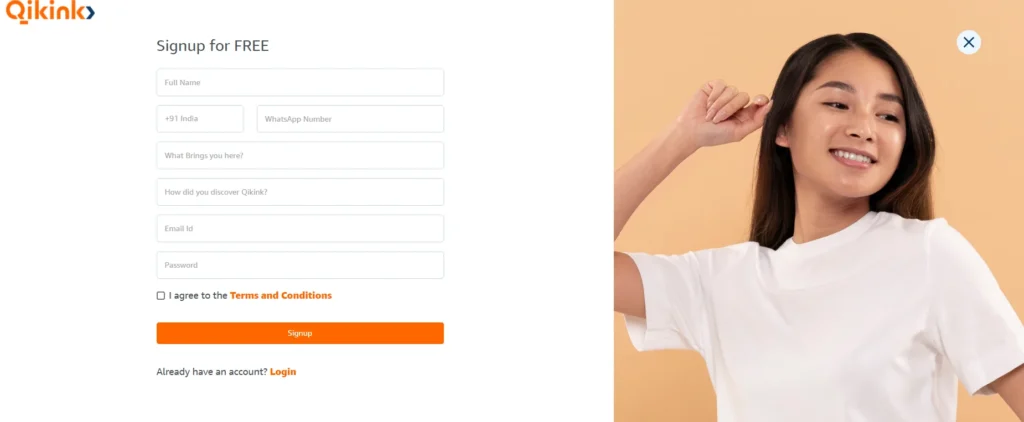
To start your clothing brand, you have to create an account with Qikink. Qikink doesn’t charge a signup or subscription fee.
Things to know
- There is no cost to sign up /create your account.
- No documents are required to use Qikink’s services. Also, GST is not required to start your business with Qikink.
- Your account will not expire once it is created.
- There is no minimum order value or quantity.
- You needn’t have an existing company or register as a company to use our services.
Step 2: Connect your E-commerce store with Qikink
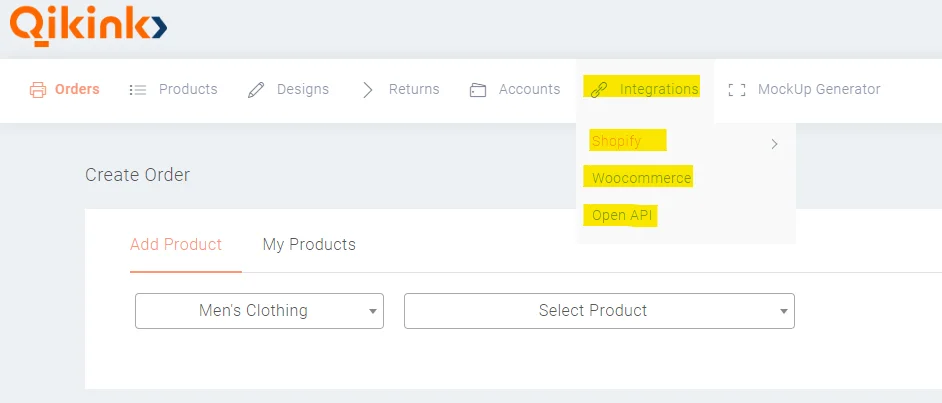
Connect your Shopify, Woocommerce, or any other store using our custom-built Plugins or open APIs.
👉Check out this guide for detailed steps
Step 3: Create products using your designs at Qikink Dashboard
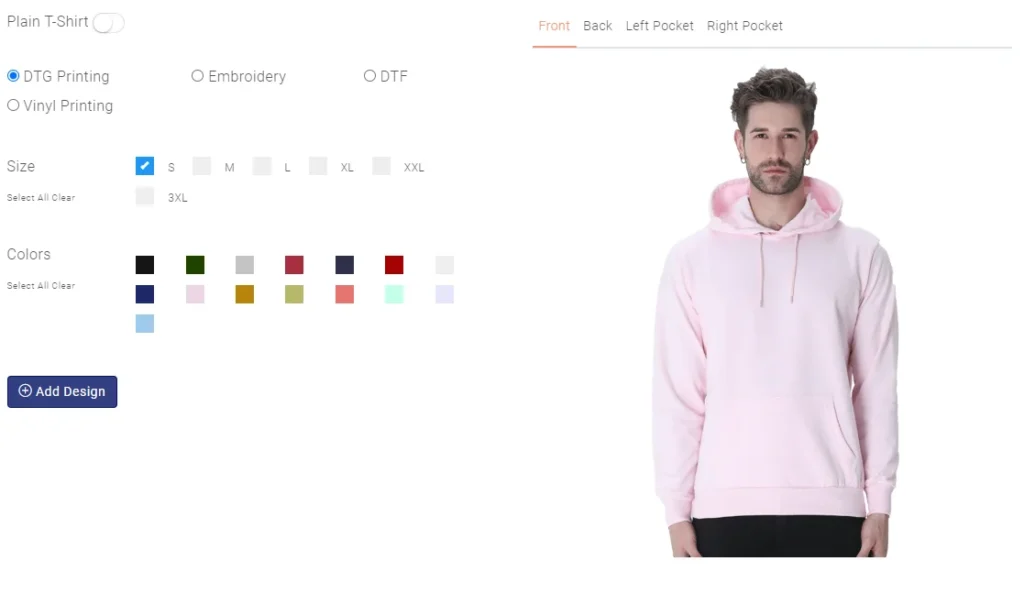
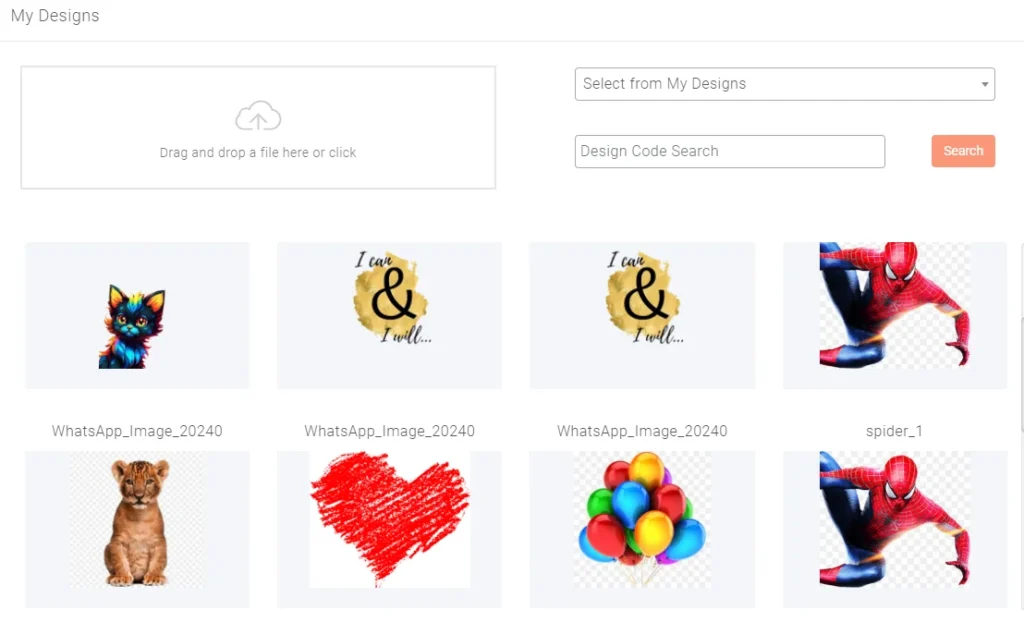
Qikink offers a wide variety of print-on-demand products in various categories. Use the Qikink product creation tool to select the product size and printing type to create products and upload your designs.
👉Check out this guide for detailed steps
Step 4: Update and launch your store
Update your store with the clothing products created in the Qikink dashboard. Launch the filled store for your audience.
Step 5: Promote your store
Promote your store using marketing strategies to increase sales and brand awareness. Use social media platforms like Instagram and Facebook to improve brand visibility.
Step 6: Check the Orders
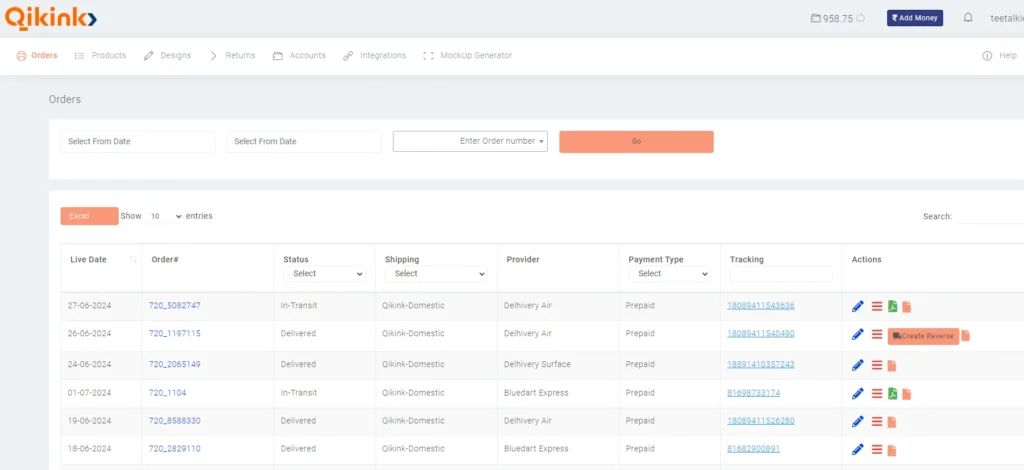
Check the orders the customer placed. Once you receive your orders, they will automatically reflected on the Qikink Dashboard. You can check the customer details and click on the Push To Live button to confirm the order.
Step 7: Qikink custom prints and delivers the orders
Qikink offers custom branding services. You can use neck labels, hang tags, thank you cards, and free logo stickers printed with your brand name.
Once the order is received, Qikink does custom printing, branding, packing with accessories, and delivery to your customers under your clothing brand name.
Also, Qikink offers unique solutions to provide a memorable experience to your customers.
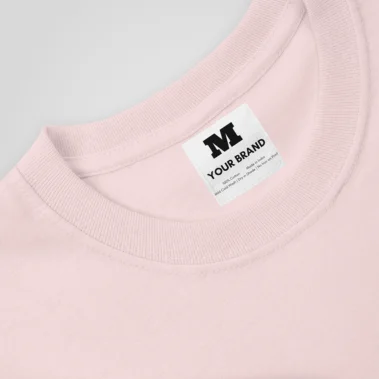
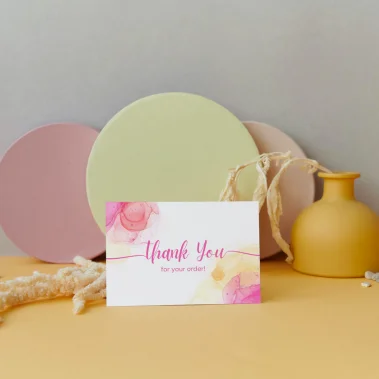
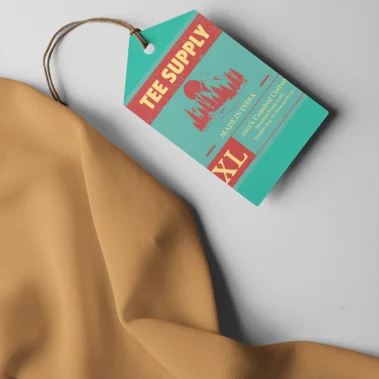
Inside Neck Label
- T-shirts, polos, sweatshirts, hoodies, and all apparel are covered under this.
- Mark your T-shirts with your own unique label that includes your company name, wash instructions, and other information.
Thank you Card
- Personalize your orders with a custom Thank you card.
- Appreciate your customers through thank you cards.
- It establishes a strong relationship with your potential customers.
Hang Tags
- Hangtag gives the impression of a premium quality product.
- Use hangtags to share your brand story, brand information, wash care instructions, etc.
- Add a personalized hang tag to your clothing to give it a stronger brand identity.
Free Logo Stickers
- How cool is it when your customer receives the courier packet with your brand logo on it?
- Qikink values your brand, and that’s why we print your brand logo on the courier packages for FREE.
Thank You Sticker Cards
- Add a thank you sticker card to your orders. Who doesn’t love free stickers with their orders? You can have 1-5 small stickers on one sheet with personalized brand text above.
- Your customers will love your brand and order again.
Step 8: COD Amount settlement
Upon delivery of every COD order, Qikink collects your COD amount and deposits it in your wallet/bank in 4-5 working days. Invoices are raised at the end of each month.
Read More
Frequently Asked Questions
How To Market A New Clothing Brand
You have to use effective strategies to market your clothing brand. Here are some effective strategies:
- Optimize your website
- Use Social media platforms and collaborate with influencers
- Create product videos to promote your brand
- Run Ad campaigns
- Boost sales with Email marketing
- Use Paid advertising
- Offer product customization on your brand name, like Hangtags
What It Takes To Start A Clothing Brand?
Starting a clothing brand requires clear planning and execution. There are a few steps to starting a clothing brand.
- Step 1: Decide Your market niche
- Step 2: Create Your Business plan
- Step 3: Name Your Business
- Step 4: Best Product Ideas To Get Started With A Clothing Brand
- Step 5: Find a Manufacturing Supplier
- Step 6: Create designs for your clothing Products
- Step 7: Choose a sales channel
- Step 8: set up your brand store
- Step 9: Use a Marketing Plan For Clothing Brands
How To Start Your Own Clothing Brand As A Teenager?
Starting your own clothing brand as a teenager needs more research on niche markets.
- Decide what type of clothing you want to sell.
- Research marketing trends to generate new ideas.
- Create a clear business plan.
- Find a supplier through social media or seek advice from experienced individuals to obtain reliable supplier contacts.
- Learn to create clothing designs.
- Find sales channels to sell your products or create your website.
- Set up your clothing store.
- Use marketing plans to promote your products and attract more sales and customers.


